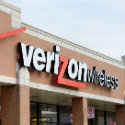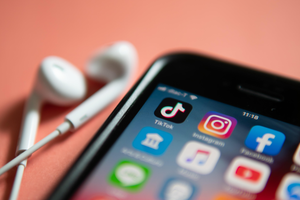
Verizon's CEO says that the sky is the limit for using 5G to customers' homes, as long as it has access to fiber.
Speaking last week at the J.P. Morgan Global, Technology & Media Conference, Verizon Communications Inc. (NYSE: VZ) CEO Lowell McAdam said that the operator sees 5G as a potential cable/DSL replacement for delivering high-speed data to the home. The operator, he says, has now tested its initial 28GHz set-up at 1.8 Gbit/s in Basking Ridge, New Jersey. (See Verizon Hits 1-Gig+ in 5G Trials, Eyes Early Applications.)
Verizon plans a fixed wireless pilot in 2017 but McAdam envisages a broader deployment in the US over time. "I don't know why there would be any limitation on where we would take it," McAdam says. (See Verizon Will Pilot 5G Fixed Wireless in 2017.)
Essentially, what the operator needs is enough fiber close enough to the 5G radios to make it viable, McAdam noted. "Close is to be defined."
For all the latest news on 5G, visit the dedicated 5G site here on Light Reading.
"That's why we bought XO Communications," he added. "Because they have 45 of the top 50 markets they have metro fiber rings that gives you the ability to be out into those markets and then you just run your extensions off of them." (See Verizon Bags XO for $1.8B.)
Of course, if you're a regular reader you'll know that Verizon has been hot on the idea of 5G for fast fixed wireless for a while. (See 5G: Verizon's New Home Invasion?)
5G as a mobile standard is probably more of a 2020 proposition, McAdam noted.
— Dan Jones, Mobile Editor, Light Reading
About the Author(s)
You May Also Like











